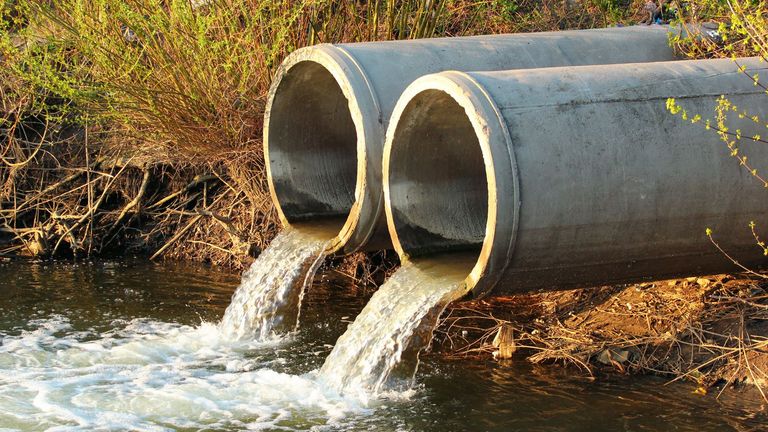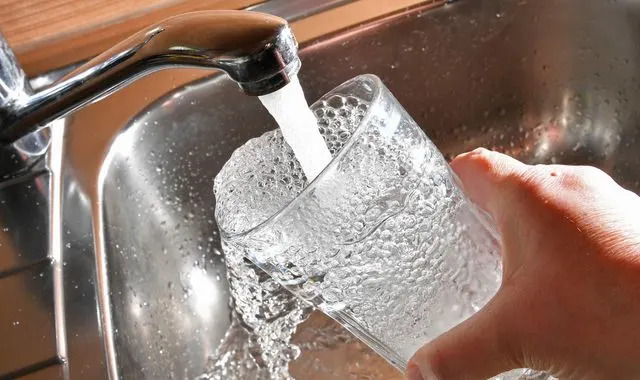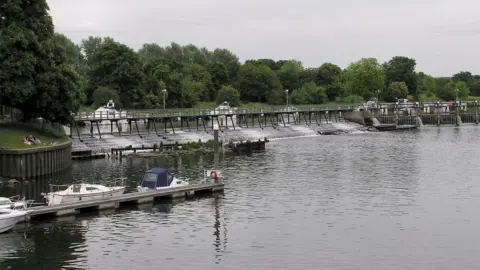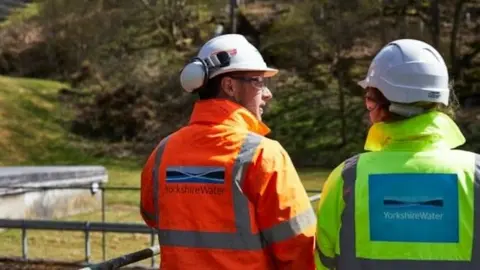By Felicity Bradstock - Nov 19, 2024
District heating is a proven, efficient, and cost-effective way to reduce carbon emissions from buildings and industries.
Several cities worldwide are implementing innovative district heating projects using diverse heat sources such as waste heat, geothermal energy, and even body heat.
The widespread adoption of district heating networks can play a significant role in achieving global decarbonization goals and transitioning to a sustainable energy future.
As governments worldwide invest heavily in a green transition, both the public and private sectors are exploring alternative options for heating that do not rely on fossil fuels. According to the International Energy Agency (IEA), the operations of buildings account for 30 percent of global final energy consumption and 26 percent of global energy-related emissions. Therefore, reducing the dependence on fossil fuels for heating and power in residential and commercial buildings will significantly support decarbonisation efforts. One method being used to provide clean heat to buildings is district heating, which is being increasingly used in big cities and densely populated areas.
District heating, also known as heat networks, involves generating heat in a centralised location and then distributing it to residences, businesses, and industry in a local area. District heating networks are efficient, low-cost and often low-carbon, meaning they offer a promising alternative to fossil-fuel-powered heating options. However, most areas that could benefit from the development of district heating networks have yet to tap into the heat source.
In 2022, district heating production accounted for around 9 percent of the world’s heating need in buildings and industry, and many of the projects continued to rely on fossil fuels. To support decarbonisation efforts, governments must, therefore, encourage the uptake of bioenergy, solar thermal, large-scale heat pumps, and geothermal technologies.
Several countries have already developed district heating networks and others are looking to do the same. In Hamburg, the government developed a network powered by the Borsigstrassee waste incineration plant (MVB) in the east of the city. Waste heat from the MVB is fed straight into the district heating network. The project has the potential to supply 35,000 households in Hamburg with heat and reduce emissions by 104,000 tonnes of CO2 annually.
In Belgium, the city of Antwerp hopes to become the first to connect its buildings to a sustainable heating network by the end of the decade. The City of Antwerp is working with the global design and consultancy organisation Arcadis to produce a roadmap for the implementation of a district heating network programme that draws residual heat from industrial businesses to buildings in the city via an underground network. They hope to connect 35,000 homes to the network by 2030.
Sweden is taking an even more low-carbon approach to district heating by using body heat to reduce its conventional energy use. The government has created a network to transfer heat from Stockholm Central Station – which around 250,000 people pass through every day – to the nearby 17-story Kungsbrohuset building, to reduce energy consumption. Similarly, the Mall of America, in Minnesota, United States, does not use a central heating system and instead maintains its 21oC year-round temperature using passive solar power through 1.2 miles of skylights, with heat generated from lighting and body heat.
Now, the U.K. has big plans to develop a district heating network in London. The government announced plans to heat around 1,000 buildings, including the Houses of Parliament and the National Gallery, using low-carbon heat sourced from the River Thames, London Underground, and sewer networks. This is part of a plan to develop seven heat network zones with almost $6.4 million of public funding. The project will use a network of pipes to carry excess heat from underground to power hot water and central heating systems in London.
The $1.27 billion initiative will be carried out by heating specialists Hemiko and Vital Energi and is expected to reduce carbon emissions by as much as 75,000 tonnes a year. At present, district heat networks contribute just 3 percent of the U.K.’s heating needs. However, they could supply as much as one-fifth of the country’s heating, according to estimates by the Committee on Climate Change.
Miatta Fahnbulleh, the Minister for Energy Consumers, stated, “Taking waste heat from the River Thames and London Underground to heat such iconic places as the Houses of Parliament and the National Portrait Gallery is a really exciting example of what lies ahead on our journey to low-cost, low-carbon heating. Fahnbulleh added, “This project will help support hundreds of jobs and make bold new strides towards boosting our energy security.”
A report published in February by the global engineering company Danfoss estimated that in the EU alone, excess heat was equal to 2,860 TWh annually, which could almost meet the EU’s total energy demand for heat and hot water. This suggests that the development of widescale district heat networks could massively reduce heat waste and help decarbonise residential and commercial heating. Supermarkets, transport networks, data centres, and commercial buildings are constantly releasing waste heat, yet few companies are doing anything to capture and use this heat. There is huge potential for the development of district heat networks in cities around the world, which would reduce the need for gas and electric heating and help the buildings sector decarbonise by sustainably reusing waste heat.
By Felicity Bradstock for Oilprice.com











 ZSL
ZSL ZSL
ZSL






